[A new ghost town]
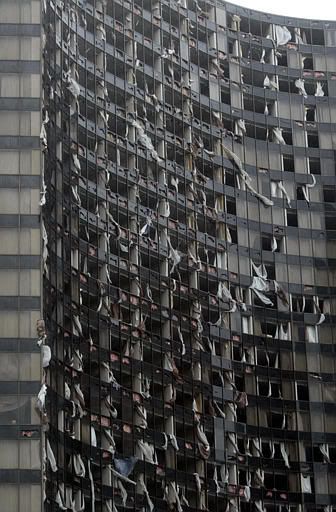
I've been to New Orleans once. The picture above is what the hotel I stayed in looks like today. I can't recall exactly why, but I wasn't terribly fond of New Orleans when I was there. I thought the French Quarter was quaint, but Bourbon Street smelled like vomit and liquor. Plus the constant "show us your tits" chorus that rang through the area grated on my nerves a bit, even though the horny men weren't chanting it at me. Old skeevy men leering at young drunk women and such have a tendency to make me queasy.
Thinking back, I enjoyed most of the stuff that I did there (haunted history tour, tarot card reading in the back of a funky voodoo shop, flea market shopping, auditioning for Street Smarts but not being stupid or charming enough to make the cut), but I came away with an overall sour opinion of the place. It could have been that I wasn't really with any close friends, so I was hanging out with a group and having to do group things (not to mention school-sanctioned group things) against my will. Also, I'm not big on cajun or creole food, which was what everyone wanted to eat when given the chance. And I wasn't 21, so drinking was out of the question. To all the people who said, "Don't worry -- they won't card you!" I'd like to say this: Um, yes they will. And they did. And I didn't get to see ANY ribald drag shows, thankyouverymuch.
My opinion of New Orleans shifted somewhat after reading A Confederacy of Dunces, from which this humble blog takes its name. John Kennedy Toole's masterfully honest yet subtly awed description of the city and its characters (and their wonderful dialects) struck me as beautiful, even though his subjects were often dirty, decayed, depraved, sticky, and stupid. They were, esentially, normal, and so delightfully eccentric that they could be nothing but normal.
Clicking through photos on the wire, it's hard to comprehend such total devastation, though it seems like I click through pictures of disaster areas every other day or so. I guess proximity and familiarity make it all the more relevant to us as individuals trying to process such abrupt, overwhelming change. The most haunting images are aerial shots that are artistic in composition but terrifying in reality: rows of yellow bars surrounded by black water (dozens of schoolbuses floating, forming geometric patterns); a long, dashed, white line across a backdrop of murky grey (Interstate 10 broken, its concrete foundation the only thing standing in some parts); a lone body swimming in rainbow-colored water (some homeless soul swimming through oil- and gas-slicked water).
And now, the headlines keep changing to highlight the latest problems. Rescue workers paddling past floating bodies to get to the living, leaving the dead to be counted later. Looters. Red ants and poisonous snakes in the water. Looters shooting each other. Alligators loose in the city.
As the casualty count comes in and the damage becomes clearer, we see that a historic city with a charm and lore like no other faces near-extinction. Some reports have urged residents not to come back for a month. "We’ve lost our city," said former mayor Marc Morial. "I fear it’s potentially like Pompeii."
The comparison is unsettling, but it might be more accurate than we'd like to imagine at this point.
May the people of New Orleans and Biloxi and elsewhere affected by this storm get on their feet again with a community solidarity that surprises everyone. If you have anything to give, please consider donating here.
+++
Drudge links to a story published back in 2001 that talks about what would happen if New Orleans weathered a Category 5 storm. The worst estimates have been surpassed.


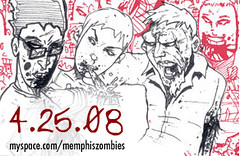




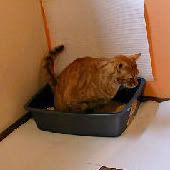



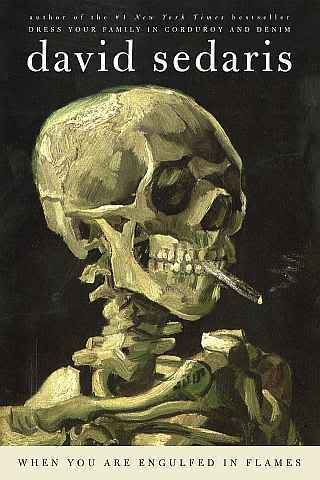
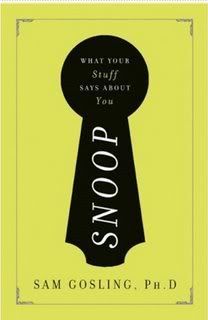







0 Comments:
Post a Comment
<< Home